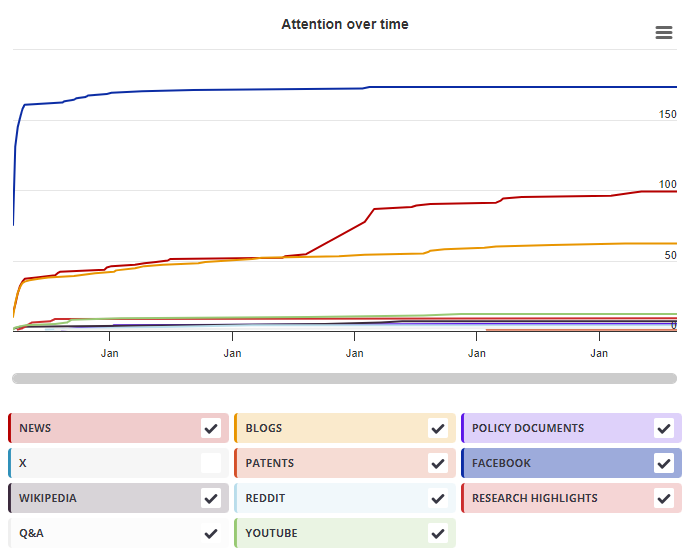Exploring the Theory, Pedagogy and Practice of Networked Learning
Springer New York
| Chapter title |
The Theory, Practice and Pedagogy of Networked Learning
|
|---|---|
| Chapter number | 17 |
| Book title |
Exploring the Theory, Pedagogy and Practice of Networked Learning
|
| Published by |
Springer, New York, NY, January 2012
|
| DOI | 10.1007/978-1-4614-0496-5_17 |
| Book ISBNs |
978-1-4614-0495-8, 978-1-4614-0496-5
|
| Authors |
Vivien Hodgson, David McConnell, Lone Dirckinck-Holmfeld, Hodgson, Vivien, McConnell, David, Dirckinck-Holmfeld, Lone |

| Country | Count | As % |
|---|---|---|
| United Kingdom | 1 | 100% |
| Type | Count | As % |
|---|---|---|
| Science communicators (journalists, bloggers, editors) | 1 | 100% |
| Country | Count | As % |
|---|---|---|
| United Kingdom | 2 | 5% |
| Greece | 1 | 2% |
| Denmark | 1 | 2% |
| South Africa | 1 | 2% |
| Unknown | 38 | 88% |
| Readers by professional status | Count | As % |
|---|---|---|
| Student > Ph. D. Student | 8 | 19% |
| Researcher | 7 | 16% |
| Student > Doctoral Student | 6 | 14% |
| Other | 5 | 12% |
| Lecturer | 3 | 7% |
| Other | 8 | 19% |
| Unknown | 6 | 14% |
| Readers by discipline | Count | As % |
|---|---|---|
| Social Sciences | 25 | 58% |
| Arts and Humanities | 3 | 7% |
| Computer Science | 3 | 7% |
| Business, Management and Accounting | 1 | 2% |
| Linguistics | 1 | 2% |
| Other | 3 | 7% |
| Unknown | 7 | 16% |